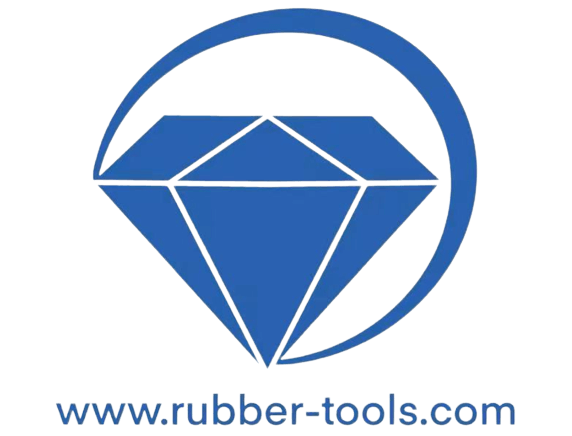In recent years, colored rubber O-rings have gained significant attention in various industries, from automotive to electronics. Their vibrant hues not only enhance aesthetic appeal but also serve practical purposes, such as easy identification and differentiation in complex assemblies. This guide delves into the intricacies of colored rubber O-rings, exploring their materials, manufacturing processes, and applications.
Readers can expect to learn about the diverse types of rubber used in O-ring production, the benefits of color coding, and the standards that govern their quality. Additionally, we will discuss the market landscape in China, highlighting key manufacturers and trends shaping the industry. By the end of this guide, you will have a comprehensive understanding of colored rubber O-rings and their vital role in modern engineering solutions.
“`markdown
A Comprehensive Guide to Colored Rubber O Rings
Introduction
Colored rubber o rings are essential components in various industries, providing reliable sealing solutions. They are designed to visually identify the type of part being used, enhancing efficiency in assembly and maintenance. This guide will delve into the technical features, types, and applications of colored rubber o rings, highlighting their importance in manufacturing and engineering.
Technical Features of Colored Rubber O Rings
Colored rubber o rings are manufactured using high-quality materials, ensuring durability and performance. Below is a comparison table of the technical features of colored rubber o rings:
| Feature | Description |
|---|---|
| Material | NBR, FKM, EPDM, Silicone, HNBR, FFKM |
| Hardness (Shore A) | Ranges from 60 to 90, depending on the material |
| Temperature Range | -55℃ to 220℃, suitable for various applications |
| Size Standards | AS-568 (USA), JIS-B2401 (Japan), DIN-3771 (Germany), ISO3601 (International) |
| Resistance | Excellent resistance to hydraulic fluid, engine oil, chemicals, ozone, and steam |
| Certification | ISO9001, ISO14001, SGS |
Types of Colored Rubber O Rings
Colored rubber o rings come in various types, each suited for specific applications. The following table outlines the different types and their characteristics:
| Type | Material | Common Applications |
|---|---|---|
| Standard O Rings | NBR, FKM | General sealing applications |
| High-Temperature O Rings | Silicone, FKM | Automotive and aerospace applications |
| Chemical-Resistant O Rings | EPDM, FFKM | Chemical processing and food industry |
| Custom O Rings | Various | Tailored solutions for specific needs |
| Metric O Rings | NBR, FKM | Used in metric-sized applications |
Applications of Colored Rubber O Rings
Colored rubber o rings are widely used across various industries, including automotive, construction, and food processing. Their ability to withstand extreme temperatures and pressures makes them ideal for sealing applications in hydraulic systems, engines, and machinery. Companies like Shenzhou City Sanshi Rubber Co., Ltd. and King Rubber Products Inc. offer a range of colored rubber o rings tailored to meet industry standards.
Conclusion
In summary, colored rubber o rings play a crucial role in ensuring effective sealing solutions across multiple industries. Their diverse range of materials, hardness levels, and temperature resistance make them suitable for various applications. By choosing high-quality products from reputable manufacturers like Shenzhou City Sanshi Rubber Co., Ltd. and King Rubber Products Inc., businesses can enhance their operational efficiency and reliability.
FAQs
Q1: What materials are used to make colored rubber o rings?
A1: Colored rubber o rings are typically made from materials such as NBR, FKM, EPDM, and silicone, each offering different properties for various applications.
Q2: Can I get custom colors for rubber o rings?
A2: Yes, manufacturers like Shenzhou City Sanshi Rubber Co., Ltd. can produce colored rubber o rings in almost any color to meet specific requirements.
Q3: What is the temperature range for colored rubber o rings?
A3: The temperature range for colored rubber o rings can vary from -55℃ to 220℃, depending on the material used.
Q4: How do I choose the right o ring for my application?
A4: Consider factors such as material compatibility, temperature range, and pressure conditions when selecting the appropriate o ring for your application.
Q5: Are colored rubber o rings suitable for food processing?
A5: Yes, certain materials like EPDM and silicone are safe for food processing applications, ensuring compliance with industry standards.
“`
